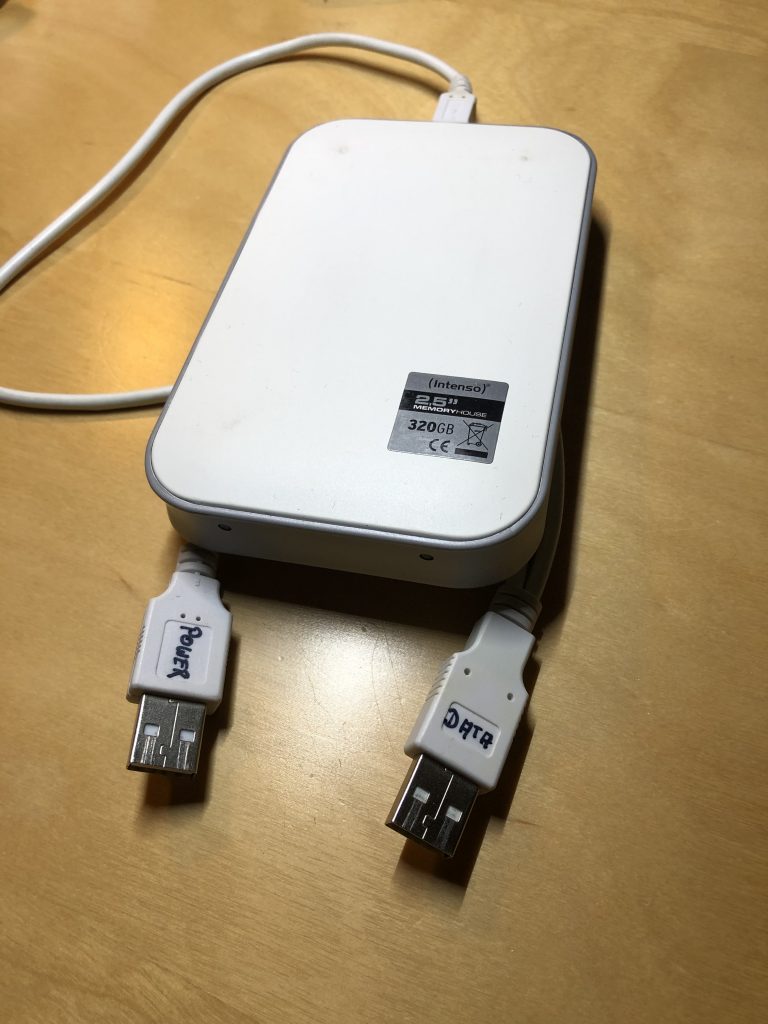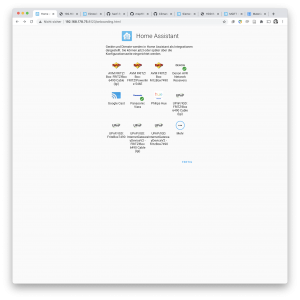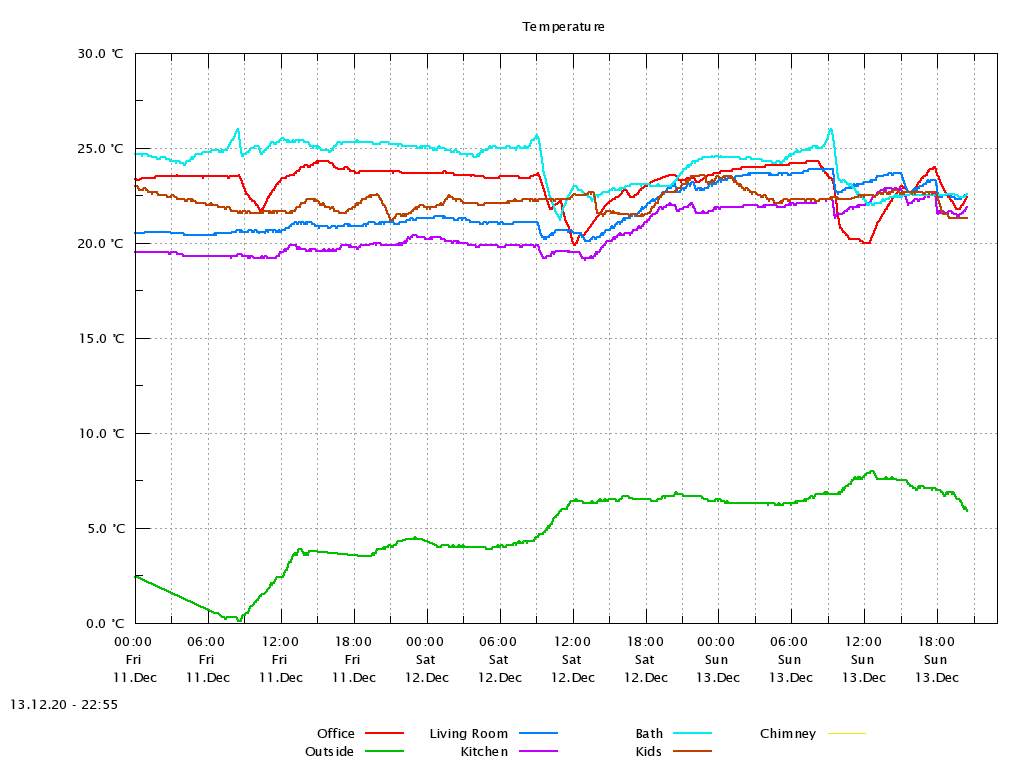In the public knowledge, Bitcon is the slowest, most expensive, and most energy consuming database on the planet. From my perspective this problem is solved with switching from “Proof-of-Work” to “Proof-of-Stake”; although Bitcoin will continue with “Proof-ofWork” – maybe even there are some interesting Bitcoin climate options.
Crypto technology and organizations promise or already offer:
- transparent public ledgers for trust building
- International payment and trading systems
- Independent institutions from national authorities organized in Decentralized Autonomous Organization (DAO)
- Smart contracts build on open source
- Highest innovation speed based on thousands of talented enthusiasts
- Evolution of today’s decentralized finance into regenerative finance
and will therefore be relevant for the CO2 removal market. Both the crypto technology (see unofficial state-of-the-art messari report) and the CO2 Removal market are in early innovation phases. I dived deeper into both rabbit holes and captured three possible benefits of crypto technology for the CO2 Removal market:
- Keeping records of CO2 removals in digital ledgers in order to report and auditing CO2 removal activities.
- Using Non-Fungible Tokens (NFT) to capture a CO2 removal activity
- Using CO2 crypto tokens to trade CO2 removals independent of national currencies
The real revolution behind crypto and web 3.0 is its new approach of highly motivated people to collaborate fast and intensely: Decentralized Autonomous Organizations (DAOs).
But on the down-side, both rabbit holes share a major communication problem: It is impossible to understand what is going on here without learning the special tribal language and concepts. My recommendation is to start with the Carbon Removal Primer and Normie’s Guide to Becoming a Crypto Person. Good luck, don’t get stuck too long in the rabbit holes. I did!


